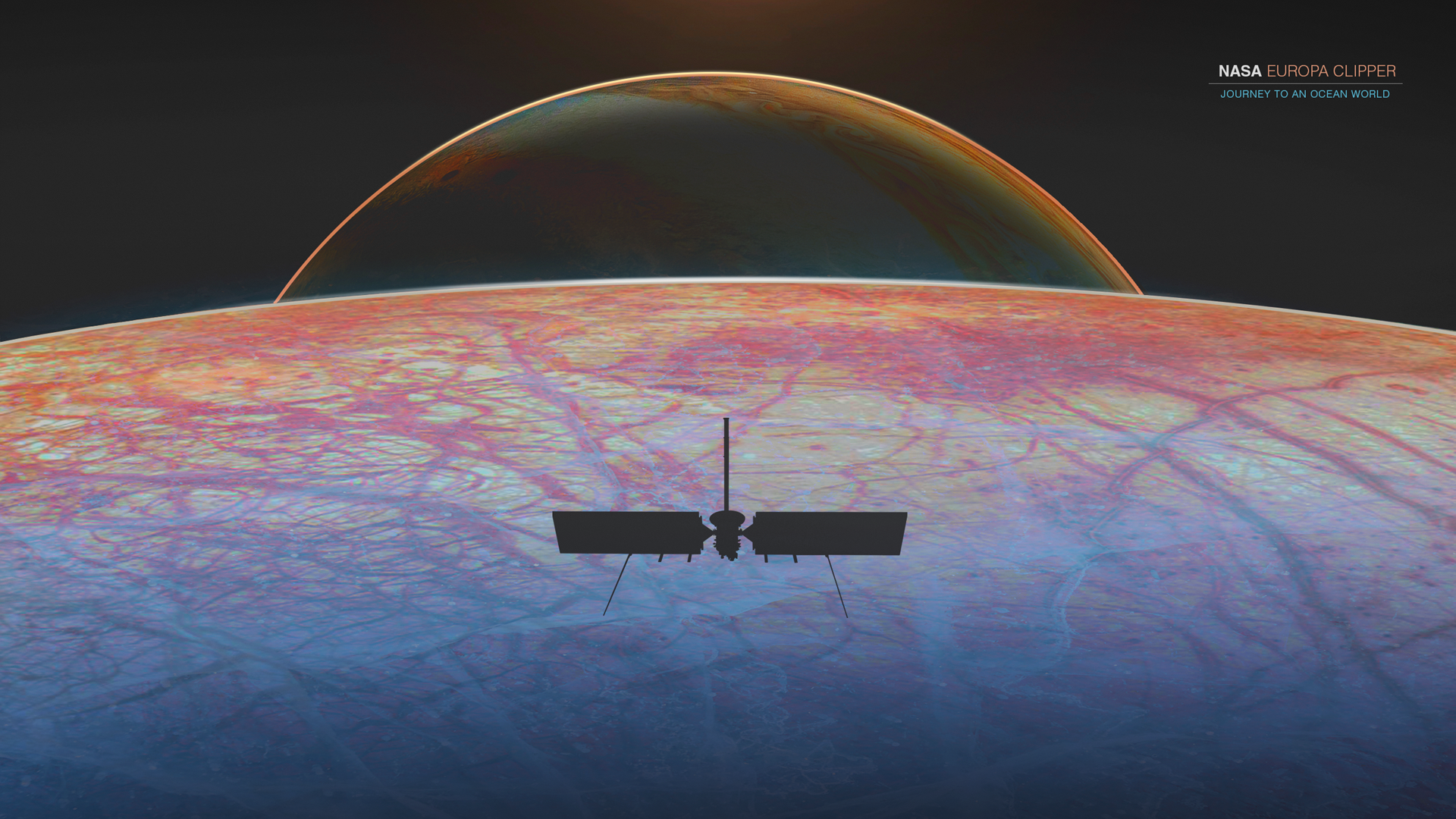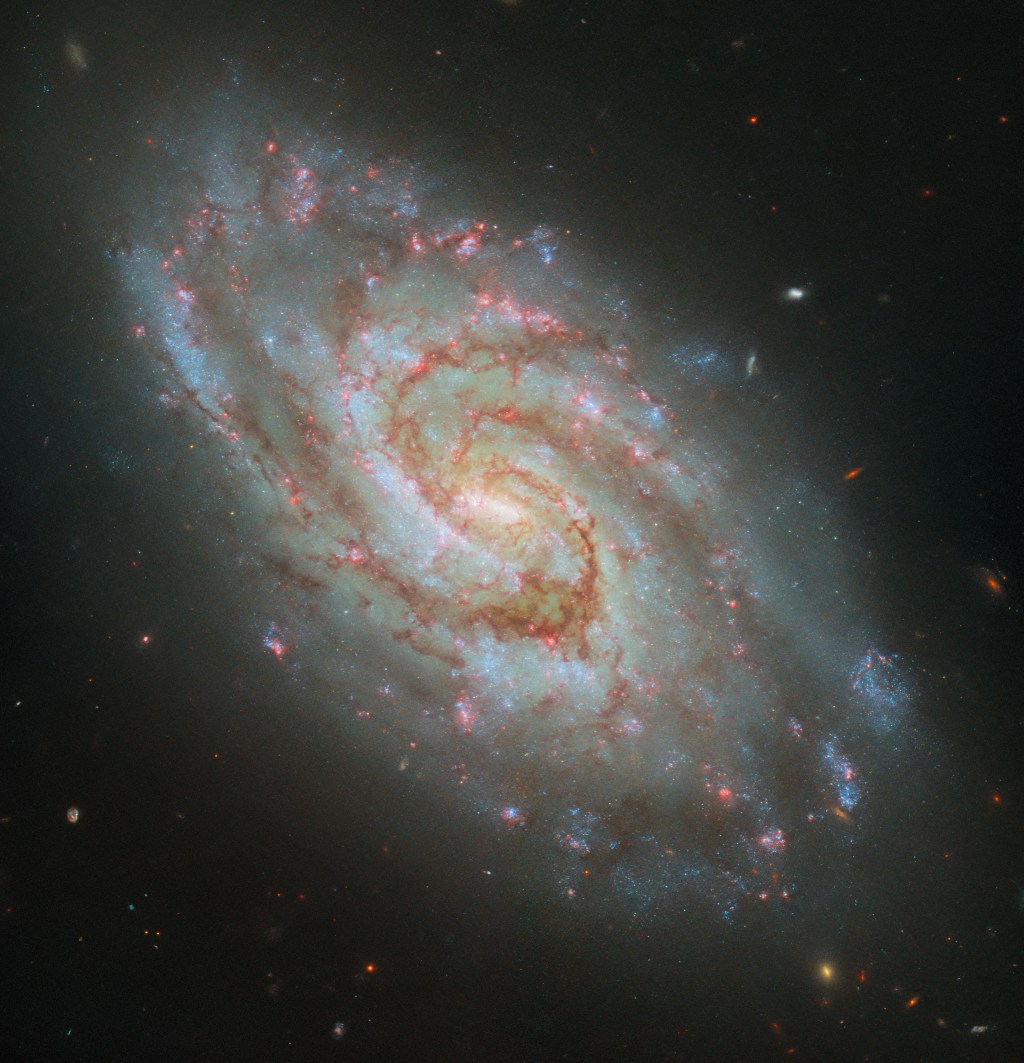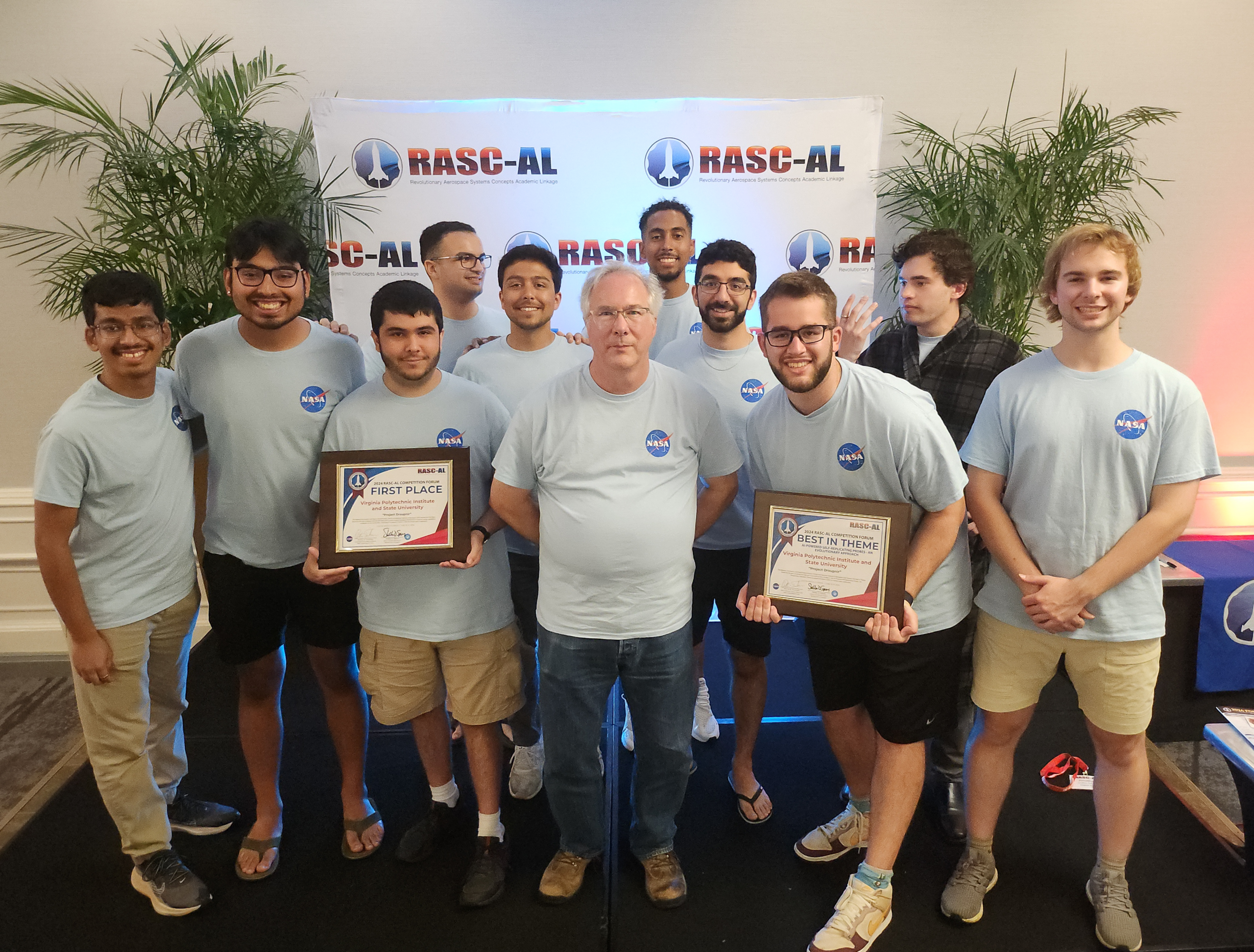2 min read
Watch How Students Help NASA Grow Plants in Space: Growing Beyond Earth
Since 2015, students from across the USA have been partnering with scientists at NASA to advance research on growing plants in space, ultimately to feed astronauts on long-distance space missions, as part of Fairchild Tropical Botanic Garden’s Growing Beyond Earth project, which is now in its 9th year. This classroom-based citizen science project for 6th-12th grade students includes a series of plant experiments conducted by students in a Fairchild-designed plant habitat similar to the Vegetable Production System (VEGGIE) on the International Space Station.
This year, 8000+ students from 400+ schools are testing new edible plant varieties, studying radiation effects on growth, exploring the perfect light spectrum for super-sized space radishes, and experimenting with cosmic soil alternatives.
NASA citizen science projects are open to everyone around the world, not limited to U.S. citizens or residents. They are collaborations between scientists and interested members of the public. Through these collaborations, volunteers (known as citizen scientists) have helped make thousands of important scientific discoveries. More than 450 NASA citizen scientists have been named as co-authors on refereed scientific publications. Explore opportunities for you to get involved and do NASA science: https://science.nasa.gov/citizen-science/
The Growing Beyond Earth project is supported by NASA under cooperative agreement award number 80NSSC22MO125 and is part of NASA’s Science Activation Portfolio. Learn more about how Science Activation connects NASA science experts, real content, and experiences with community leaders to do science in ways that activate minds and promote deeper understanding of our world and beyond: https://science.nasa.gov/learn
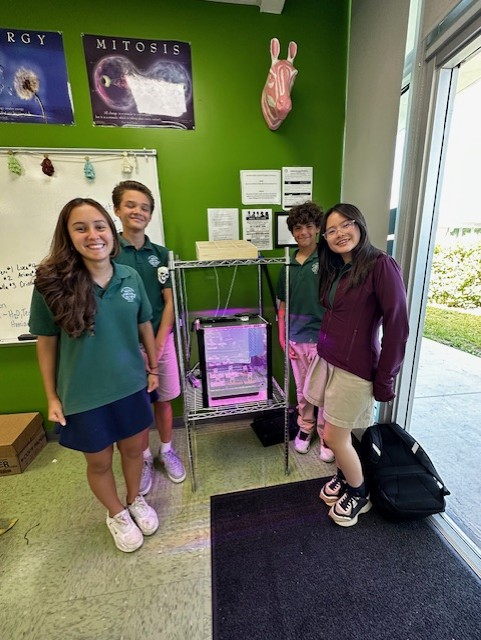
Credit: Niki Jose

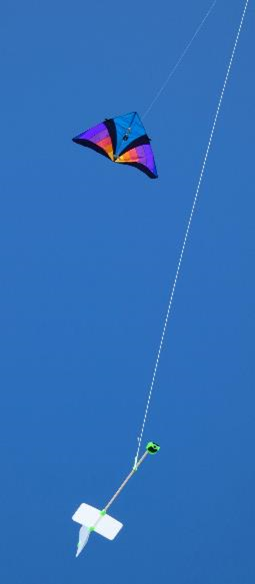
%20-%20Carolyn%20Y.%20Ng.JPG?w=1428&h=1071&fit=clip&crop=faces%2Cfocalpoint)
